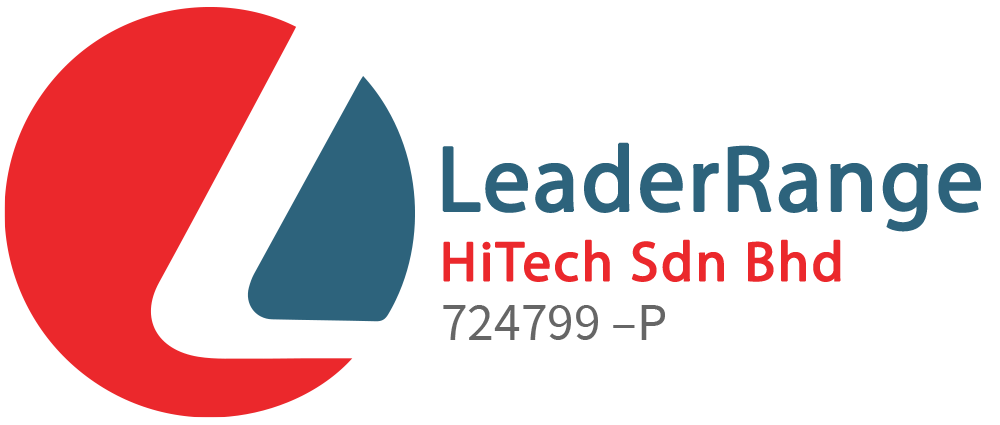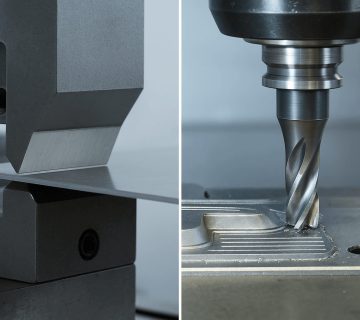Shear pins are critical safety components used across various industries to prevent mechanical overload and ensure the longevity of machinery and equipment. From semiconductor manufacturing to heavy machinery, aerospace, and marine applications, shear pins act as sacrificial components designed to fail at a specific force threshold, protecting more complex systems from catastrophic damage.
In semiconductor applications, shear pins play a crucial role in precision handling, die bonding, and testing equipment, ensuring high accuracy and controlled force distribution. Meanwhile, in general mechanical and industrial applications, shear pins are commonly used in drive systems, marine propulsion, agricultural machinery, and aerospace engineering to prevent excessive torque or mechanical strain from causing significant equipment failure.
This article explores the key differences between shear pins in semiconductor applications vs. general industrial use, highlighting their functions, materials, engineering requirements, and innovations.
What Are Shear Pins?
Shear pins are mechanical safety devices designed to break at a specific shear force, protecting essential components from damage. They function as a fail-safe mechanism, ensuring that an excessive load does not pass beyond a critical limit, thus preventing severe system failure.
Key Features of Shear Pins:
✔ Precise Failure Point – Designed to break under calculated shear stress.
✔ Sacrificial Protection – Prevents damage to critical machinery by breaking first.
✔ Versatile Use Cases – Applied in semiconductor, automotive, marine, aerospace, and industrial equipment.
✔ Material Specificity – Often made from hardened steel, aluminum, brass, or engineered composites for durability and controlled breakage.
Although shear pins serve a universal purpose of overload protection, their design, material selection, and operational requirements differ significantly between semiconductor applications and general industrial use.
Shear Pins in Semiconductor Applications
1. Role of Shear Pins in Semiconductor Manufacturing
In semiconductor fabrication and packaging, shear pins are used in high-precision die bonding, wafer testing, and component placement systems. These applications demand microscopic accuracy, where any excessive force can damage delicate semiconductor wafers, microchips, or MEMS (Micro-Electro-Mechanical Systems) components.
Shear pins in semiconductor processing equipment help:
✔ Maintain consistent force distribution in bond shear testing.
✔ Prevent damage to dies and wafers by breaking at a specific stress threshold.
✔ Support automated pick-and-place systems with precision handling.
✔ Enhance testing reliability in semiconductor bonding quality control.
2. Materials & Engineering Considerations
Since semiconductor components require sub-micron precision, the material composition of shear pins must ensure:
✔ Minimal deformation under load.
✔ High wear resistance for repeated precision use.
✔ Anti-static properties to avoid electrostatic discharge (ESD) risks.
✔ Hardened steel or tungsten alloys for superior durability and break-point predictability.
3. Applications of Shear Pins in Semiconductor Equipment
✅ Die Bonding Machines: Ensuring precision placement of semiconductor dies by controlling applied pressure.
✅ Wafer Testing Equipment: Protecting test handlers from excessive force on fragile wafers.
✅ Pick-and-Place Systems: Preventing damage to microchips during automated assembly.
✅ Bond Shear Testing: Measuring the strength of semiconductor bonds to ensure reliability.
📌 Example: In bond shear testing machines, shear pins are used to apply controlled lateral force to test the bonding strength of solder joints and micro-wires. This ensures that semiconductor components meet reliability standards before being integrated into consumer electronics.
Shear Pins in General Industrial Applications
1. Role of Shear Pins in Machinery & Equipment
Outside of the semiconductor industry, shear pins serve a more mechanical and high-torque function, acting as failure points in drive systems, rotating components, and structural load-bearing applications.
These are widely used in:
✔ Marine Propulsion Systems – Preventing damage to boat propellers by breaking when debris is encountered.
✔ Agricultural Machinery – Used in tractors, balers, and harvesting equipment to prevent drivetrain failure.
✔ Aerospace Engineering – Used in safety release mechanisms to ensure controlled force application.
✔ Heavy Industrial Equipment – Protecting cranes, conveyor belts, and hydraulic presses from excessive loads.
2. Material Selection & Load Considerations
Since general industrial applications involve high mechanical loads, shear pins must be designed for greater durability while still breaking at a calculated stress point.
Common materials include:
✔ Hardened Stainless Steel – For high-torque applications (marine, aerospace, heavy machinery).
✔ Brass & Aluminum Alloys – Used in lower torque and corrosion-resistant environments.
✔ Composite Shear Pins – Used in aerospace for lightweight and high-precision load release systems.
3. Applications of Shear Pins in Industrial Use
✅ Boat Propeller Shafts: Prevents gearbox damage when hitting underwater debris.
✅ Snow Blowers & Lawn Mowers: Protects motorized blades from excessive strain.
✅ Helicopter Safety Systems: Shear pins in rotor assemblies and emergency mechanisms.
✅ Factory Conveyor Systems: Breaking under excessive load to prevent motor burnout.
📌 Example: In marine propulsion systems, shear pins act as a sacrificial connector between the propeller and the engine shaft. If the propeller strikes an object, the shear pin breaks, disconnecting the propeller to prevent gearbox or motor damage.
Key Differences: Semiconductor vs. Industrial Shear Pins
| Feature | Semiconductor Shear Pins | General Industrial Shear Pins |
|---|---|---|
| Primary Function | Precision force control | Torque & overload protection |
| Material | Hardened steel, tungsten, ceramics | Stainless steel, brass, composite |
| Size & Design | Micron-level precision | Larger, load-bearing designs |
| Breakpoint Sensitivity | Extremely low-force breakpoints | High-torque breakpoints |
| Applications | Die bonding, wafer testing, microelectronics | Marine, aerospace, heavy machinery |
📌 Conclusion: Shear pins in semiconductor applications prioritize precision and fragility protection, while industrial shear pins focus on mechanical durability and high-load safety.
Conclusion
Shear pins are crucial safety components in both semiconductor and general industrial applications, but their functions differ significantly. In semiconductor manufacturing, shear pins ensure precise force control, protecting fragile microelectronics. In industrial applications, they serve as load-bearing failure points that prevent catastrophic damage to heavy machinery.
Choosing the right shear pin depends on material composition, force sensitivity, and intended application. As technology advances, smarter, self-monitoring shear pins will further enhance safety and efficiency across industries.
💡 Final Thought: Whether in semiconductor testing or marine engineering, shear pins are essential fail-safe devices that protect both delicate electronics and heavy-duty machinery from costly failures.


